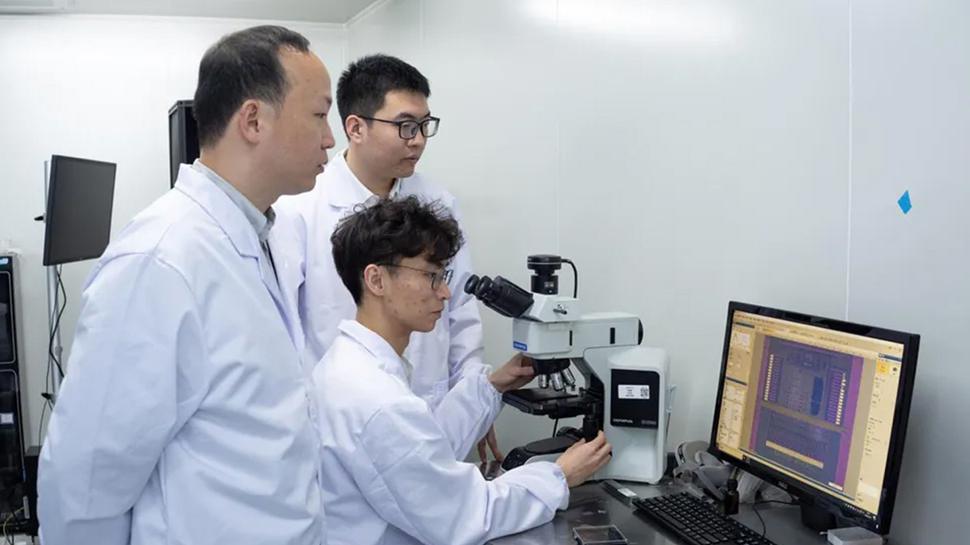- Chinese scientists have developed super-fast non-volatile flash memory
- Graphene Channel enables 400 Picosekund Writing speed and sustained storage
- “POX” unit is targeted at AI -Bottle Half with low power, high -speed performance
A research team in China has developed what claims are the fastest reported non-volatile semiconductor memory device to date, with a writing speed of one bits every 400 picose seconds.
The unfortunately named “POX” (phase change oxide) is a two-dimensional graph channel Flash device developed at Fudan University in Shanghai.
The team built the unit using a Dirac Graphene channel combined with a charging catch. It works faster than the system level access times, typically associated with volatile memory types such as SRAM and DRAM, which usually fall between 1 and 10 nanoseconds. A picosecond is one thousandth of a nanosecond.
Paves the way for its future applications
Volatile memory like SRAM and DRAM offers high speed, but loses data when the current is removed. Non-volatile flash retains data without power, but tends to function at higher latenses, often in tens of thousands of microseconds at NAND-level. This makes it less suitable for low latency workloads, such as AI-inference. The POX unit aims to bridge this hole by combining speed and sustained storage.
The graphene-based device uses a two-dimensional hot-carrier injection mechanism. Its thin body structure improves horizontal electrical fields, which improves carrier acceleration and injection efficiency. At 5V, it achieved writing speeds of 400PS and maintained the benefit of over 5.5 million cycles. Long-term storage test showed data stability over a simulated 10-year period.
“By using AI algorithms to optimize process test conditions, we have significantly advanced this innovation and paved the way for its future applications,” said Zhou Peng, leading researcher of the study.
“Our technological breakthroughs are not only expected to reshape the global storage technology landscape, operate industrial upgrades and promote new application scenarios, but also provide robust support to China to lead in relevant areas.”
Liu Chunsen, also involved in the research, said the team has created a fully functional chip and is now aiming to integrate it into existing devices.
“The next step involves integrating it into existing smartphones and computers,” he said.
“In this way, when we implement local models, we will no longer encounter bottlenecks such as hanging and heating caused by existing storage technology.”
Via Nature



